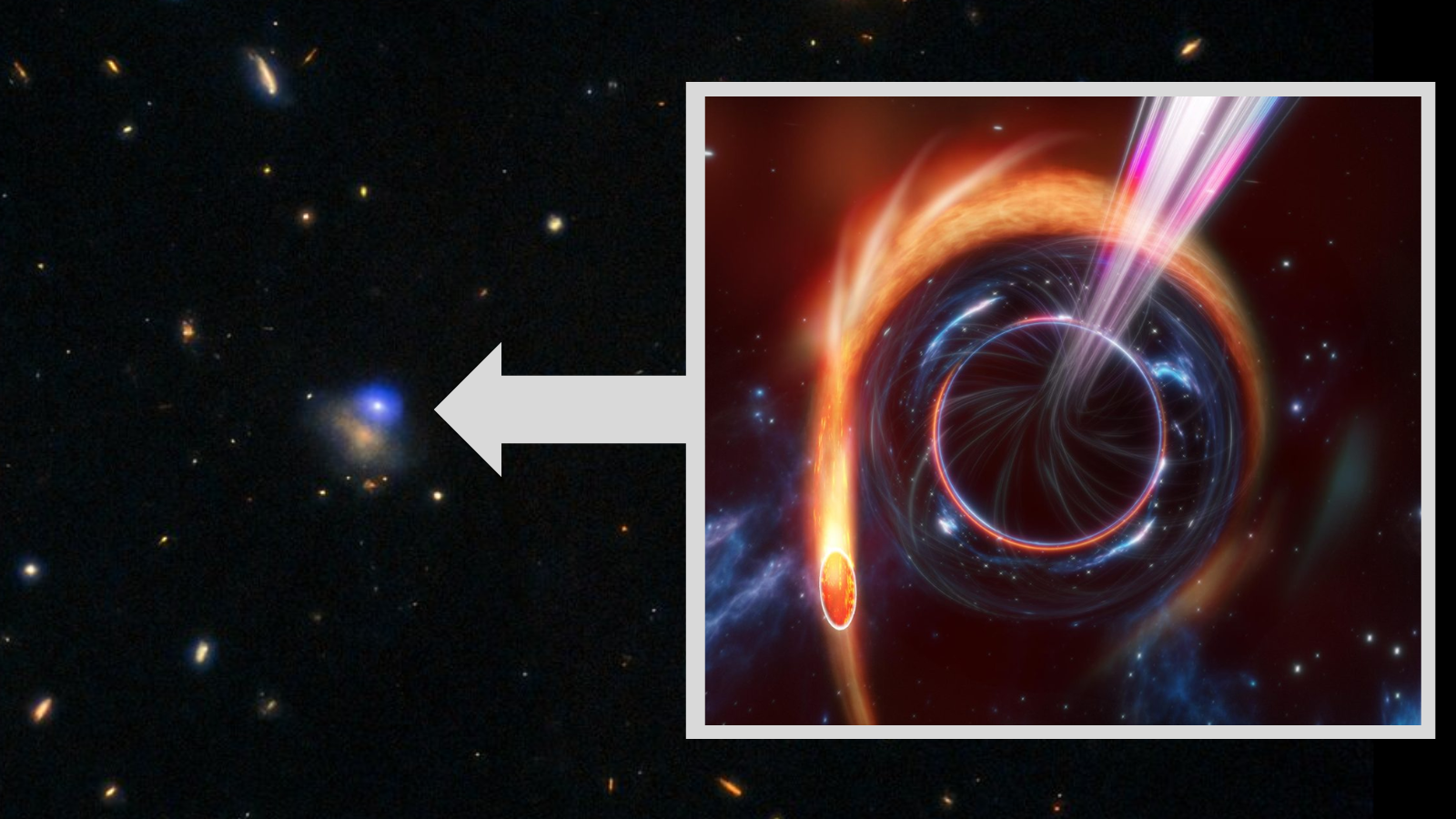A Soyuz capsule just made a record-breaking 3-hour flight to the International Space Station
It's the fastest Soyuz crew trip ever.
Three new crewmembers arrived at the International Space Station today (Oct. 14) after a record-breaking speedy flight to the orbiting lab.
The Russian Soyuz MS-17 spacecraft carrying NASA astronaut Kate Rubins and Russian cosmonauts Sergey Ryzhikov and Sergey Kud-Sverchkov docked with the space station at 4:48 a.m. EDT (0848 GMT), just 3 hours and 3 minutes after lifting off from the Baikonur Cosmodrome in Kazakhstan on a Soyuz rocket.
By coincidence, the rocket launched on Rubins' birthday (she turned 42), prompting congratulations from Russian flight controllers at the Roscosmos agency's Mission Control. "I would like to join in and say Happy Birthday to you. It's a beautiful day and you celebrated it wonderfully," one official said after the crew entered the station.
"Thank you so much," Rubins replied. "It's been the best birthday I ever had."
Typically it takes about six hours for a Soyuz spacecraft to chase down the International Space Station, and the Soyuz must complete about four orbits around the Earth. But the Soyuz MS-17 made it in only two orbits, making it the first crewed Soyuz spacecraft to try the "fast-track" rendezvous method.
Related: Soyuz 'fast-track' trips to space station explained (infographic)
Russia has previously tested the two-orbit rendezvous method with its Progress cargo resupply spacecraft, which is nearly identical to the Soyuz spacecraft used to transport crew. So far five Progress missions have used the new, two-orbit rendezvous method to reach the space station. The fastest Progress flight so far, Progress 70, arrived at the space station 3 hours and 48 minutes after liftoff, in July 2018.
Breaking space news, the latest updates on rocket launches, skywatching events and more!
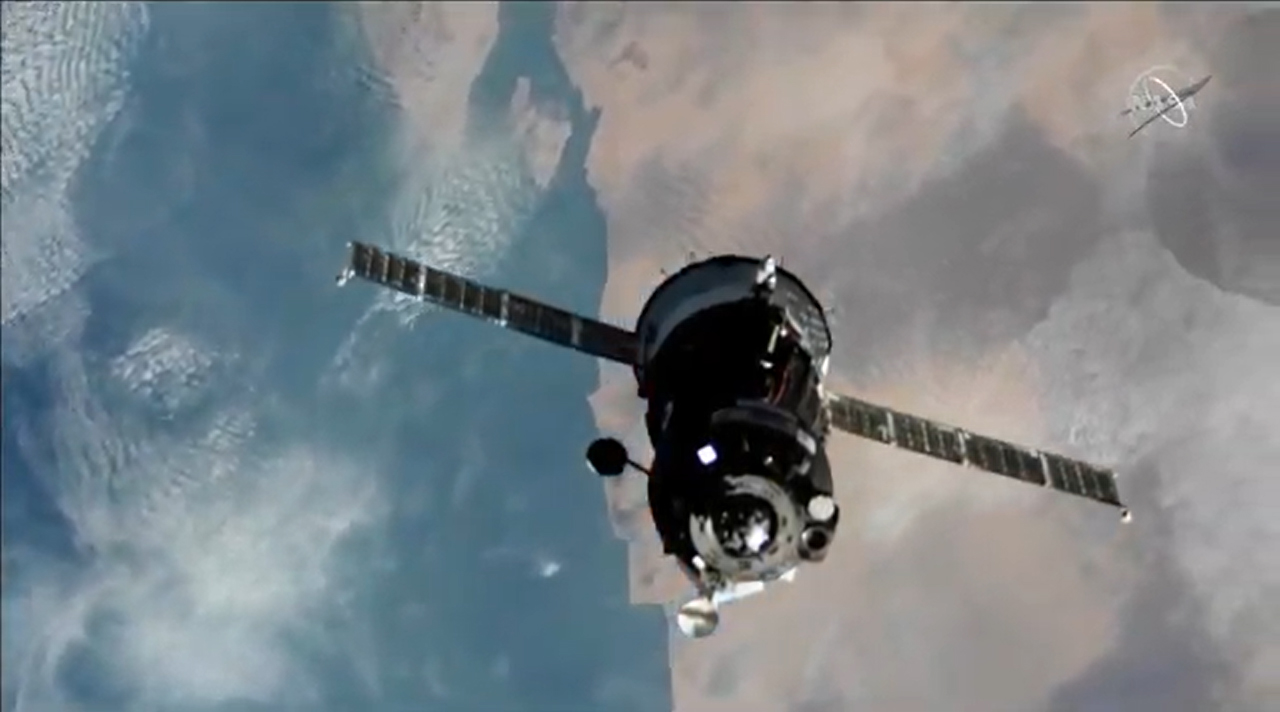
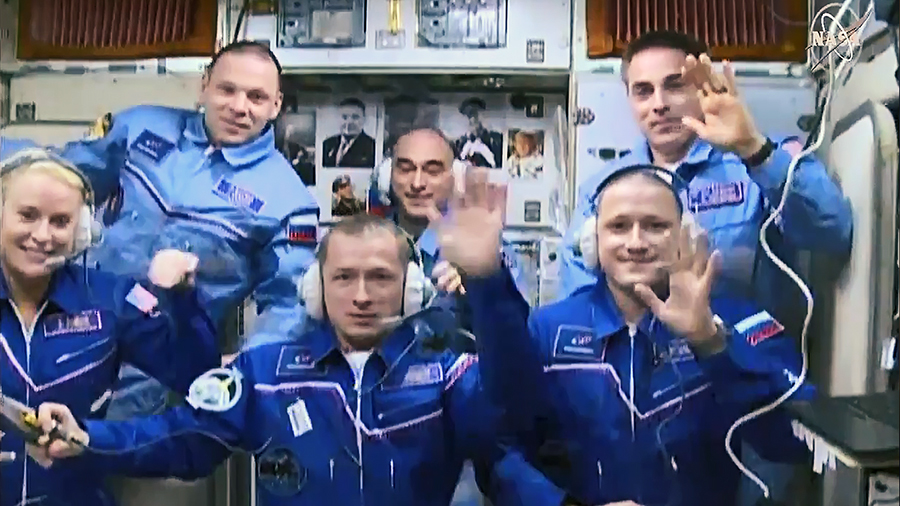
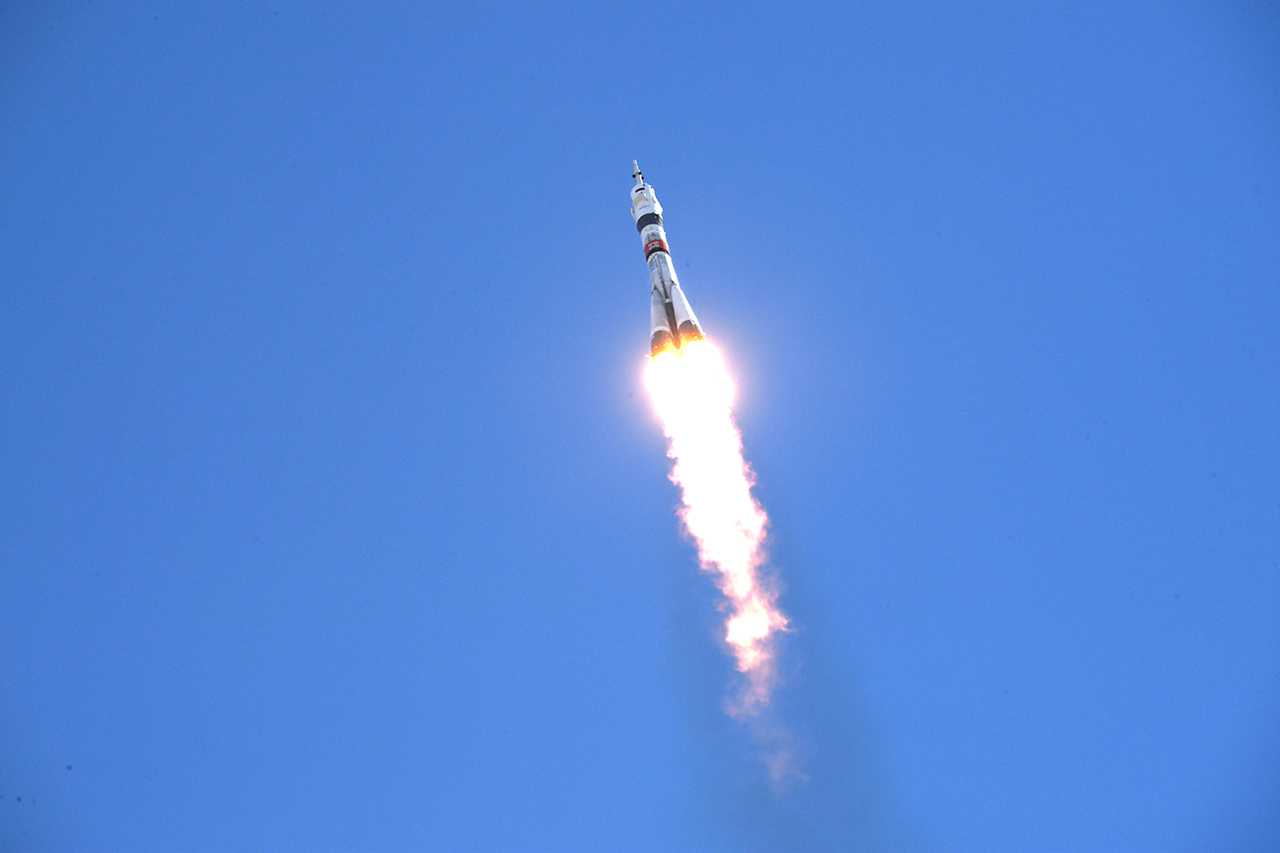
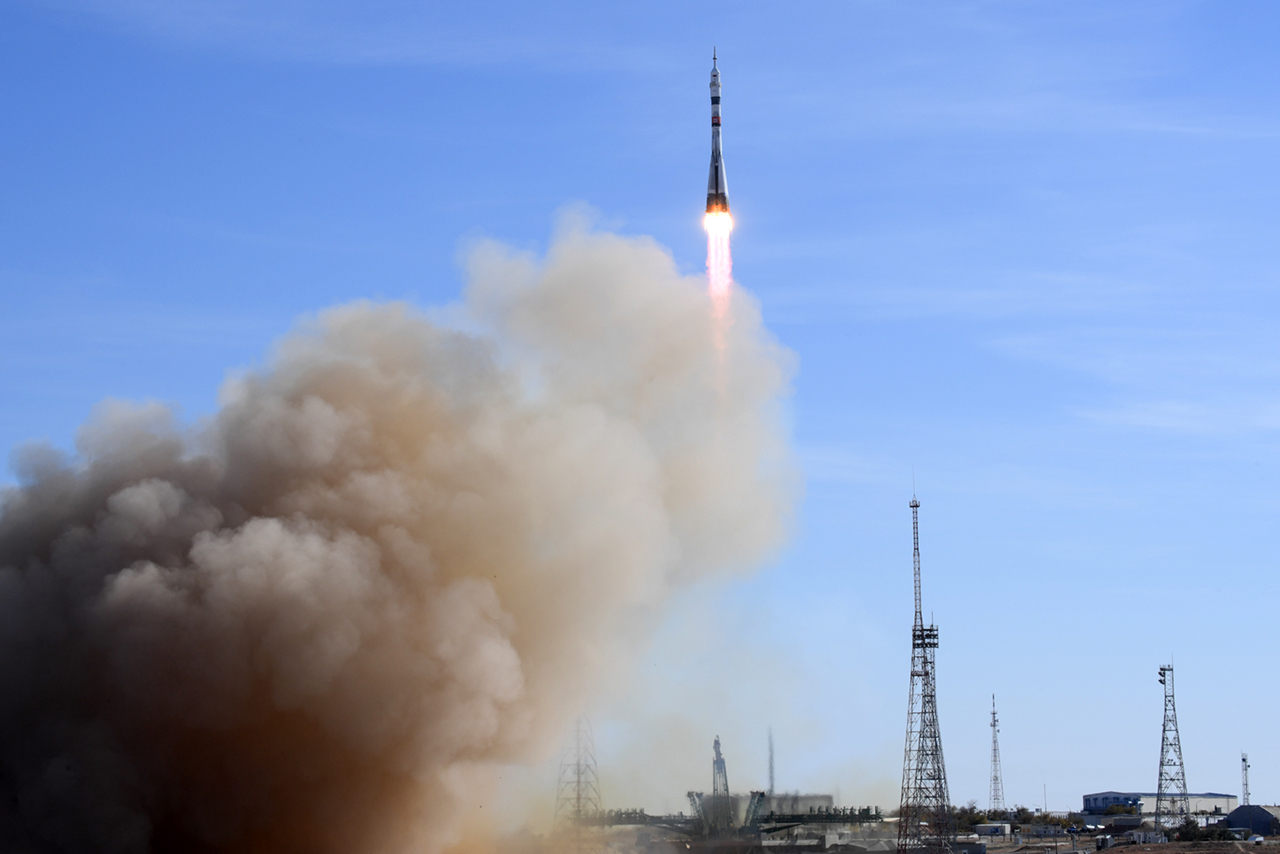
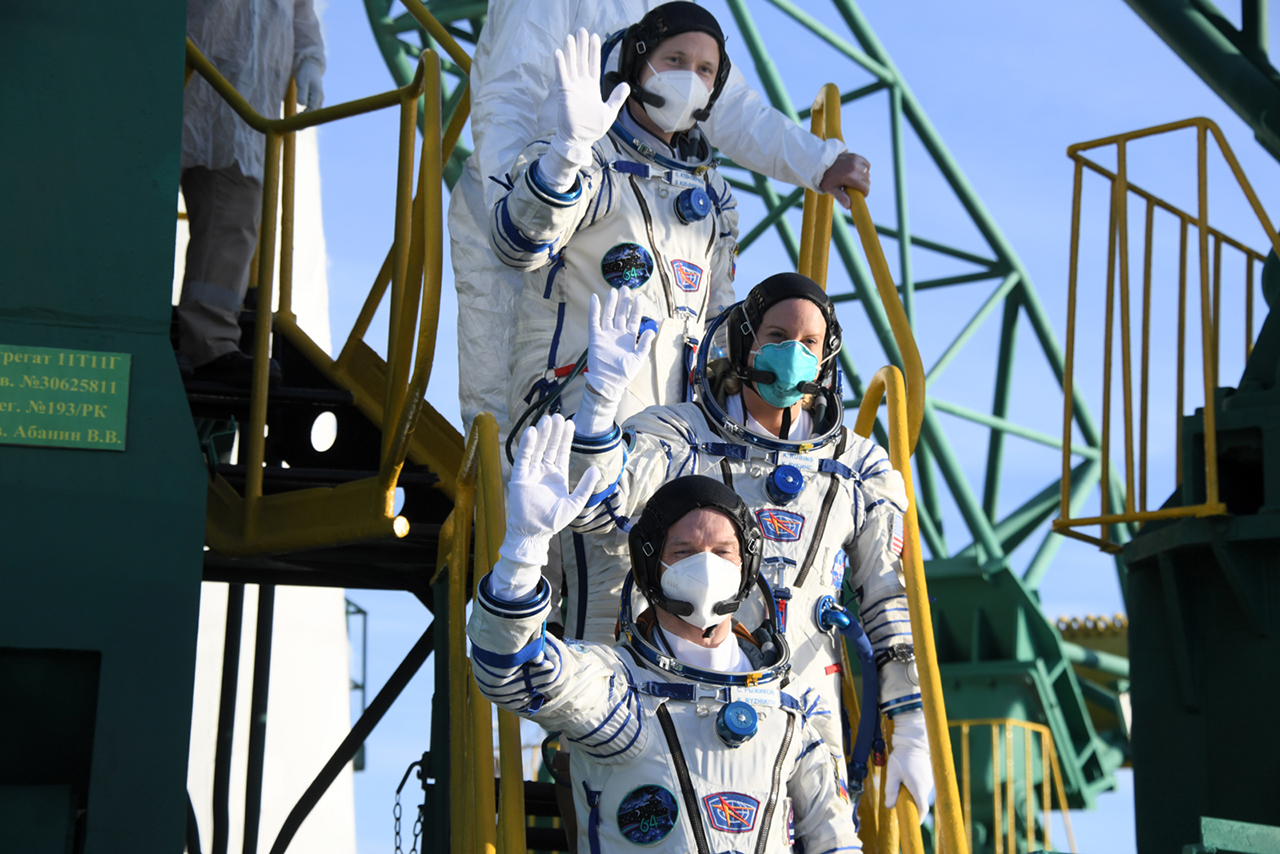
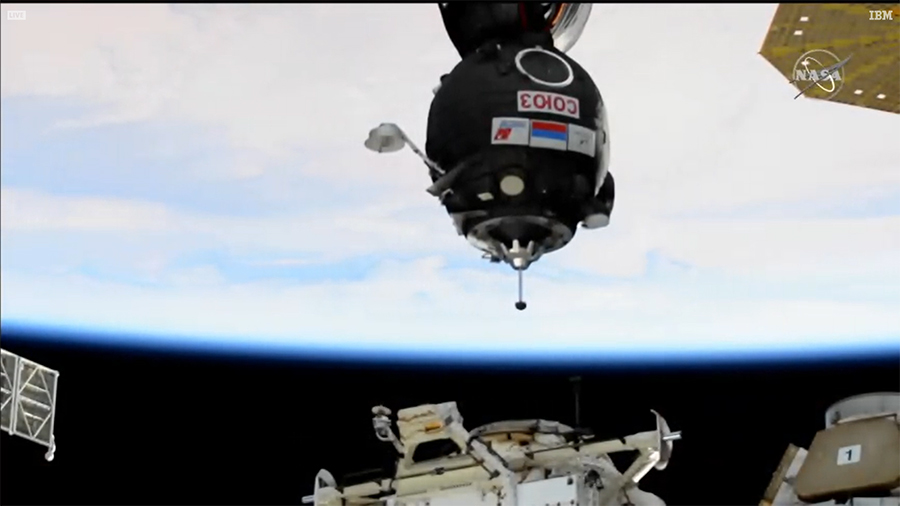
Both Soyuz and Progress missions traditionally took about two days to reach the International Space Station. In 2013, the Soyuz spacecraft carrying three Expedition 35 crewmembers to orbit became the first to test out the new six-hour rendezvous. With today's flight, the Expedition 64 crew slashed that travel time in half.
Rubins, Ryzhikov and Kud-Sverchkov will spend about six months working on board the orbiting lab as members of Expedition 64. They join NASA astronaut Chris Cassidy and Roscosmos cosmonauts Anatoly Ivanishin and Ivan Vagner, who arrived at the space station in April, bringing the total population of the station up to six crewmembers.
Email Hanneke Weitering at hweitering@space.com or follow her on Twitter @hannekescience. Follow us on Twitter @Spacedotcom and on Facebook.
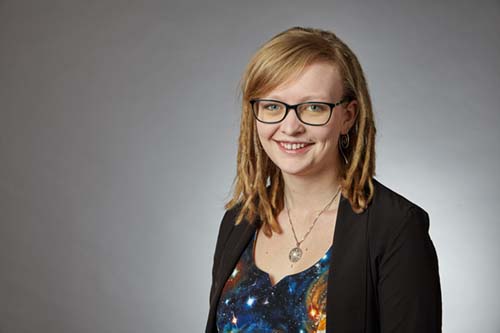
Hanneke Weitering is a multimedia journalist in the Pacific Northwest reporting on the future of aviation at FutureFlight.aero and Aviation International News and was previously the Editor for Spaceflight and Astronomy news here at Space.com. As an editor with over 10 years of experience in science journalism she has previously written for Scholastic Classroom Magazines, MedPage Today and The Joint Institute for Computational Sciences at Oak Ridge National Laboratory. After studying physics at the University of Tennessee in her hometown of Knoxville, she earned her graduate degree in Science, Health and Environmental Reporting (SHERP) from New York University. Hanneke joined the Space.com team in 2016 as a staff writer and producer, covering topics including spaceflight and astronomy. She currently lives in Seattle, home of the Space Needle, with her cat and two snakes. In her spare time, Hanneke enjoys exploring the Rocky Mountains, basking in nature and looking for dark skies to gaze at the cosmos.
